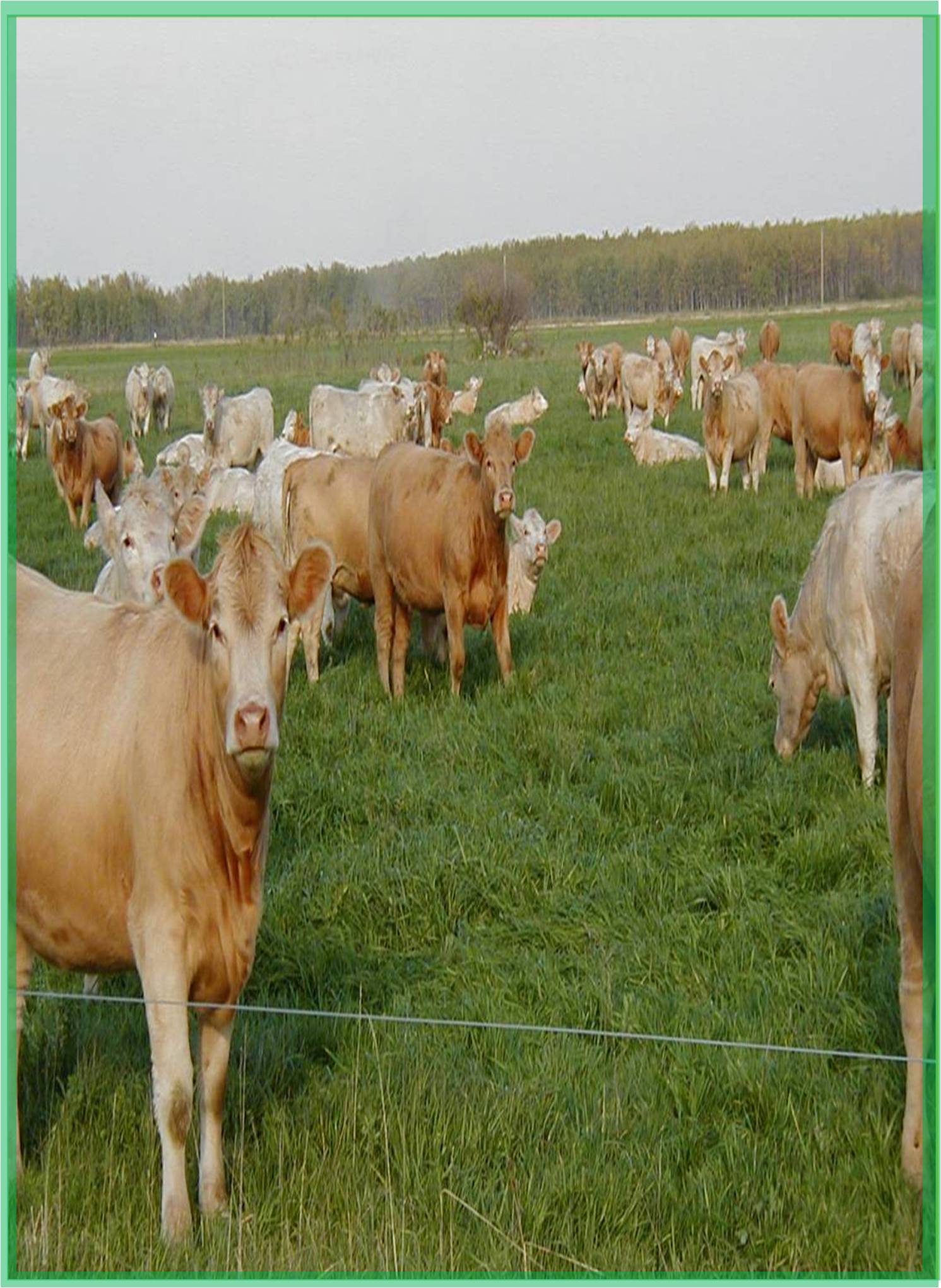



Received: 10-Aug-2022, Manuscript No. GJAS-22-74009; Editor assigned: 15-Aug-2022, Pre QC No. GJAS-22-74009 (PQ); Reviewed: 01-Sep-2022, QC No. GJAS-22-74009; Revised: 08-Sep-2022, Manuscript No. GJAS-22-74009 (R); Published: 16-Sep-2022, DOI: 10.15651/GJAS.22.10.011
The on-going agrarian transition from smallholder farming to large-scale business agriculture promoted through transnational Large Scale Land Acquisitions (LSLAs) frequently objectives to crop yields via the expansion of irrigation. LSLAs are gambling an increasing number of distinguished positions in this transition. Yet it stays unknown whether or not overseas LSLAs through agribusinesses goal regions primarily based totally on unique hydrological situations and whether or not those investments compete with the water desires of present neighbourhood users. Combine process-primarily based totally crop and hydrological modelling, agricultural statistics, and geo referenced records on person transnational LSLAs to assess emergence of water shortage related to LSLAs. While situations of blue water shortage already existed previous to land acquisitions, those offers notably exacerbate blue water shortage via each adoption of water extensive plants and the expansion of irrigated cultivation. These outcomes cause new rival water makes use in one hundred and five of the a hundred and sixty studied LSLAs. Findings that buyers goal land with preferential get entry to floor and groundwater sources to assist irrigation; this indicates that LSLAs frequently suitable water sources to the detriment of neighbourhood users.
Water, as a major determinant of agricultural output, is a central target of agribusiness investments aimed at gaining access to and control over this finite resource. Water, unlike other natural resources such as timber or minerals, is difficult and expensive to transport, so its agricultural use is primarily local. Water is frequently appropriated through crop production on land with suitable access to rainwater for agriculture or surface water bodies and aquifers for crop irrigation. Water rights are inherently linked to land rights in many regions because they are inseparable from the land, as an appurtenance to land overlying an aquifer or abutting a surface water body. As a result, water is frequently acquired through land ownership or long-term land leases and concessions. Water has long been recognised as a major determinant of land investments in large-scale land acquisitions (LSLAs) research. Thus, an accurate assessment of the underlying hydrological drivers and implications is critical to understanding the ongoing surge in LSLAs for commercial farming.
Water shortage and competition
Agricultural water consumption includes both rainwater that percolates into the ground and is retained within the root zone (green water) and irrigation water extracted from aquifers and surface water bodies to meet cropwater needs (blue water). While access to green water is inextricably linked to the transferred land, blue water withdrawals necessitate ready access to aquifers and surface water bodies, as well as infrastructure investments such as wells, canals, storage infrastructure, and conduits. Irrigation is only shortage agribusiness buyers are becoming an increasing number of interested by required if green water is insufficient to meet crop water requirements, a condition known as "green water scarcity." Irrigation is only feasible in this case if blue water resources are both locally available and accessible. Irrigation water use can be considered sustainable if irrigation water requirements can be met without jeopardising environmental flows or depleting groundwater resources. Blue water scarcity occurs when there are insufficient blue water resources to meet local irrigation needs. These conditions are associated with the possibility of water competition with the environment or other water users, which could result in unsustainable or inequitable water allocation.
The advent of recent irrigation infrastructure, specifically with inside the global south have to be cautiously assessed. Robust water accounting, caps on water extractions, measurements, and valuation of sociohydrological trade-offs, evaluation of “winners” and “losers” and of uncertainties are all important measures that have to be mentioned for an included governance of scarce water sources with inside the context of agricultural development.